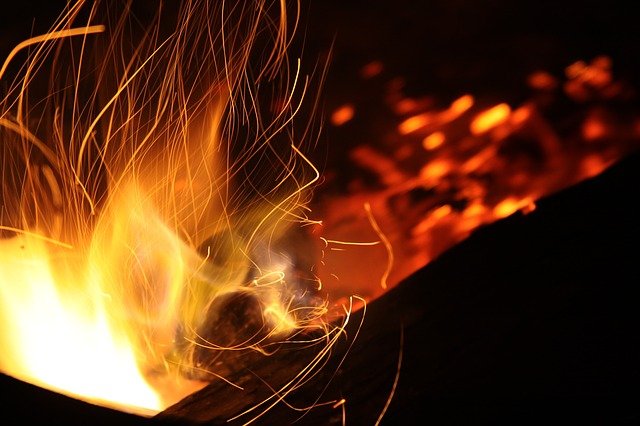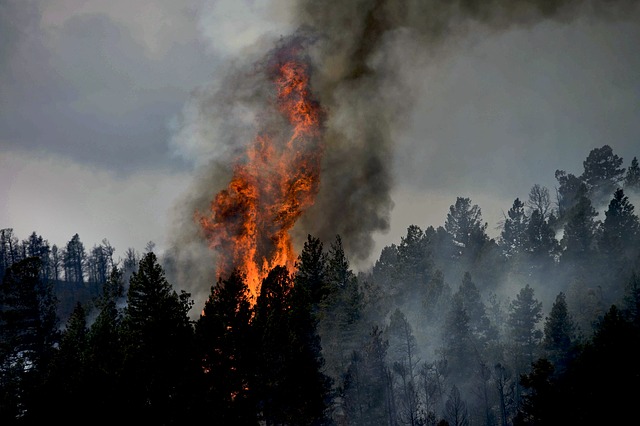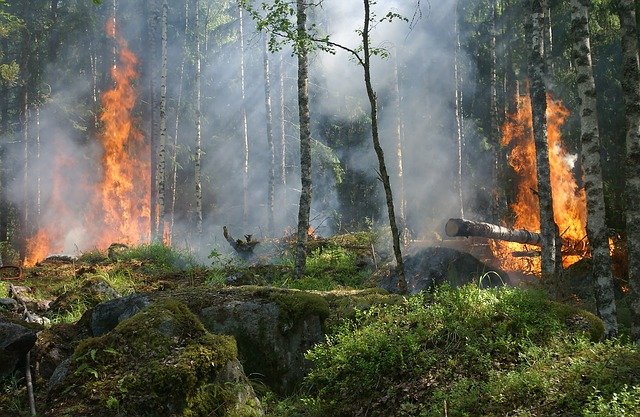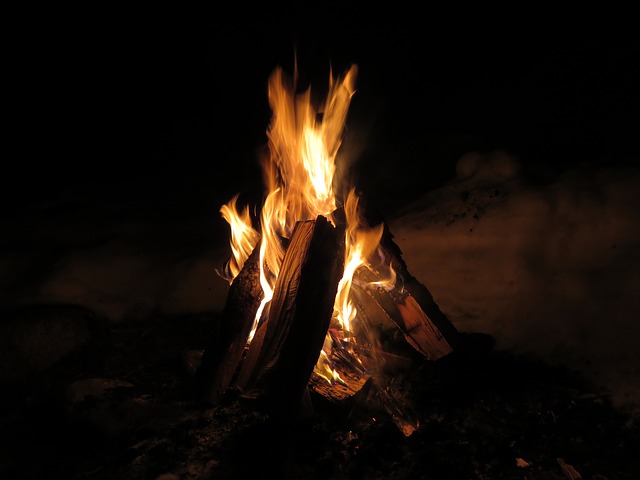
Sadly, the past few summers have seen some devastating wildfires, especially on the West Coast. The towering trees and forests that make the Pacific Northwest and West Coast such a beautiful place to visit also present a very real danger of fire. Arizona, Idaho, Colorado, and other states have also had their share of tragic wildfires in the past few years.
Camping Consciously During Wildfire Season (and Always)
If you are an RV, trailer, or tent camper, wildfire season has to be a very real consideration during your planning. Those same summer months that are so popular for traveling and getting out to explore the country are often the months that wildfires can become a serious threat. In fact, there have been several huge wildfires that were accidentally set by campers themselves.
So how do you camp responsibly during wildfire season? We’ll share a few tips to help you enjoy your trip, camp safely, and avoid being part of the problem.

When is Wildfire Season?
Wildfires are typically most likely to occur from May to October, although lately, they have lasted even later into the year. The East Troublesome Fire in Colorado didn’t even begin until the end of October, and lasted until December when winter snow was one of the factors in getting the fire under control. In Southern California, Santa Ana winds often pick up in the fall and can lead to fires, and in 2017 a series of fires there were ignited in December.
In fact, one study showed that California wildfire season was actually two seasons – June through September in higher, forested areas, and October through April when fires are fueled by the Santa Ana winds and tend to threaten urban areas.

How to Prevent Wildfires
Smokey Bear was right that “Only YOU Can Prevent Wildfires.” Each of us can do our part when we’re camping. There are ways to help prevent wildfires both in our planning ahead of time and in our actions while we’re camping. Here are a few ways to plan ahead, and things to do when you’re at your campsite to prevent fires.
Learn Fire Restrictions Before You Visit
For starters, know the fire restrictions for the area where you’ll be camping before you visit. You can find many of those restrictions here on the USDA Forest Service website. If you’re camping at a national park, look for the “alert” banner at the top of the website for that park – it should give you information on any restrictions including fire-related warnings. State parks will vary, but often have any restrictions listed on their web pages. You can also check state fire websites to see if they track wildfires there. Finally, you can call the park or campground where you’ll be camping to ask about restrictions.
Often, one of the first restrictions that will go into place during high fire danger is a campfire ban. However, bans can get stricter, and can extend to a complete burn ban on any outdoor flame including grilling. You’ll want to make sure you have an alternate way to prepare meals, or that you have ready-to-eat options available if you’re not allowed to have an outdoor flame. There may also be restrictions on where you can drive, or other precautions you’ll be ordered to take.
Punishments for violating fire bans can be severe. On the low end, you’ll likely be facing a fine that usually increases if you have more than one offense. In some cases, they can even involve jail time. It’s not something to mess around with!

Utilize An Active Fire Map For Planning
As you plan your trip, consult an active fire map. Knowing where fires are burning can help you choose a safer area with fewer restrictions to the activities you’ll want to do while you’re camping. The USDA Forest Service site also has an active fire map so you can check on the area where you want to camp. You can also check the Air Quality Index here. Even if you’re not close to flames, bad air quality from smoke can affect the outdoor activities you planned to do.
Camping close to fire areas not only means you’ll likely face burn bans and other restrictions, but you may need to be ready to evacuate the area. Outdoor activities you want to do could be limited and the smoke could affect your breathing or eyes. If you’re headed to a national park or other outdoor space, that area could even be completely closed, depending on the severity of the fire. A little research ahead of time to spot the high fire danger areas, and determining whether you need to postpone your trip or pick a different destination could make your trip both safer and more pleasant.

Learn How To Build A Safe Campfire
Even if you’re not camping in an area with high fire danger, it’s important to know how to safely build a campfire.
Before you start any campfire, make sure to have a large bucket of water and a shovel available to douse any flames. When your fire is finished, let it burn out completely until there is nothing but ash. Drown those ashes with plenty of water, and use your shovel to stir the water into the ashes until the entire area is wet. Make sure the campfire is cold before leaving it alone. If you built a campfire ring yourself, be sure to take it apart before you go and scatter the rocks back near where you found them. If you built a fire in a ring provided by a campground, make sure it’s filled with wet dirt before leaving. You can find more tips for building a safe fire by reading Smokey Bear’s Campfire Safety Guide.
If you haven’t ever built your own campfire and would like some expert help, many outfitters like REI have classes for beginning campers where you can practice these skills.
Wildfires are a real threat and consideration when camping, and it doesn’t seem like that will change anytime soon. Hopefully, with these simple tips, you can still get outdoors, enjoy nature, and help preserve it for the next people to visit!

